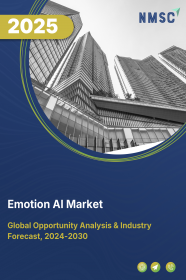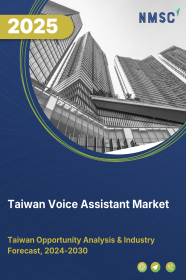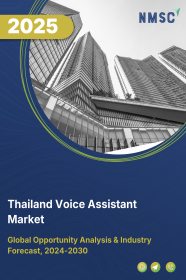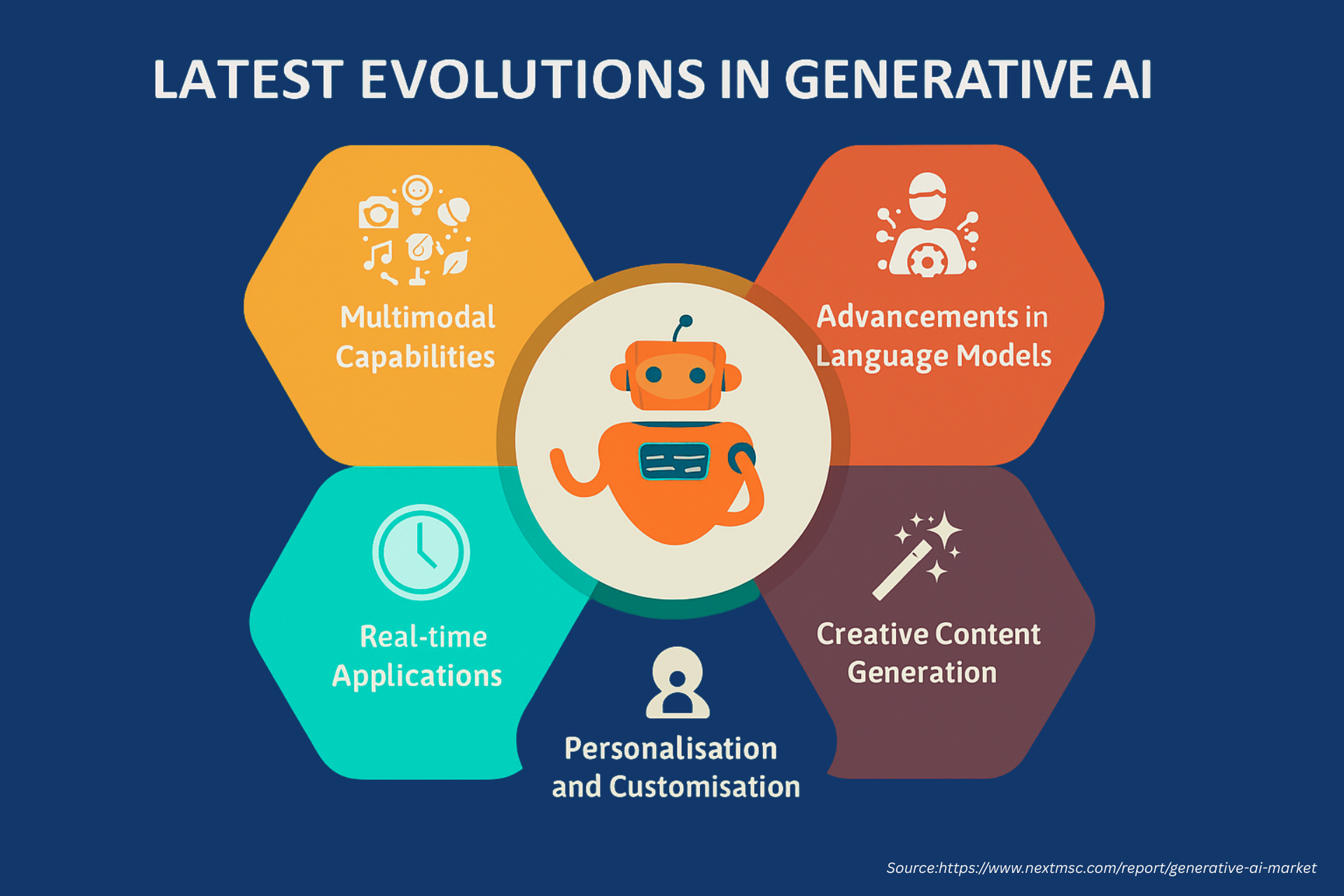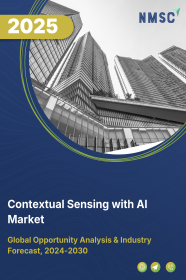
Contextual Sensing with AI Market by Components (Hardware and Software), by Technology (Natural Language Processing and Machine Language Processing), and by Industry Vertical (Automotive, Consumer Electronics, Healthcare, Industrial Automation and Others) – Global Opportunity Analysis and Industry Forecast 2025-2030
Contextual Sensing with AI Market Overview
The global Contextual Sensing with AI Market size was valued at USD XYZ billion in 2024 and is predicted to reach USD XYZ billion by 2030 with a CAGR of XYZ% from 2025-2030.
The market for context-aware computing is driven by the various factors such as growing AI-powered contextual sensing solutions, rising investment in artificial intelligence (AI), and growing reliance on smartphones.
The sector is, however, hindered by the data privacy and security reasons but on the other hand, shows promising future in the domain with the introduction of edge AI computing. Additionally, few key players such as Amazon Web Services, Sandvik AB, and SymphonyAI are embracing business approach such as product launches to maintain their leadership in the domain.
Integration of AI in Urban Developments Drives Market Growth
The market is driven by the integration of AI in urban developments as artificial intelligence in contextual sensing systems enables smarter environments by providing more accurate data insights and enhance automation in the system responsiveness.
For instance, in February 2023, Bitsensing Inc. launched Traffic Insights Monitoring Sensor (TIMOS) marking it as the first Intelligent Transport System radar with edge AI computing. TIMOS helps in improving smart city infrastructure by providing real-time traffic management insights, growing role of AI in transforming urban environments, thereby driving the market expansion.
Rising Investment in Artificial Intelligence Fuels Market Growth
The rising investment in artificial intelligence (AI) is driving the contextual sensing with AI market growth, as these investments enable the creation of more complex sensors and algorithms. This, in turn, leads to improved data accuracy and real-time insights, enhancing the overall effectiveness and appeal of contextual sensing technologies.
According to the report published by the U.S. Bureau of Labor Statistics, annual global corporate investment in AI summed USD 168.22 billion in 2023. The significant investment highlights the increasing focus on AI development driving innovation and enhancing the capabilities of these technologies.
Growing Reliance on Smartphones Bolster Market Growth
The growing reliance on smartphones bolsters the contextual sensing with AI market demand as smartphones are integrated with sensors such as cameras, microphones, and accelerometers that necessitate the use of AI technologies to analyse diverse environmental stimuli.
The report of the World Economic Forum stated that cell phone subscriptions globally passed 8.58 billion, while the global population stood at approximately 7.95 billion in 2023. The significant boost in smartphone usage reflects the rising demand for intricate contextual sensing technologies aimed at enhancing device proficiency and enriching user experiences further driving market expansion.
Data Privacy and Security Reasons Hinder the Market Growth
Data privacy and security concerns hinder the contextual sensing with AI market expansion as contextual sensing technologies handle substantial amounts of sensitive personal and environmental information.
Introduction of Edge AI Computing Creates Future Opportunities
Introduction of edge AI computing is anticipated to create future opportunity for the market. Edge AI computing enables real-time data processing directly on devices, thus enhancing the efficiency and responsiveness of contextual sensing applications across various industries.
For instance, NTT DATA launched Edge AI platform in July 2024 to improve the integration of IT and operational technology by allowing real-time data processing at the source. The solution uses efficient machine learning models for immediate decision-making across various industries.
Market Segmentations and Scope of the Study
The contextual sensing with AI market report is segmented on the basis of component, technology industry vertical and region. On the basis of component, the market is classified into hardware and software. On the basis of technology, the market is divided into natural language processing and machine language processing. On the basis of industry vertical, the market is segmented into automotive, consumer electronics, healthcare, industrial automation and others. Regional breakdown and analysis of each of the aforesaid segments includes regions comprising of North America, Europe, Asia-Pacific, and RoW.
Geographical Analysis
North America is the dominating region in contextual sensing with AI market share and is projected to continue its dominance during the forecast period due to its growing automotive sectors.
Automotive companies present in this region such as Tesla and Ford Motor Company uses AI sensors in their vehicles for automated mobility, improving vehicle safety and performance that leads to boost in the market.
For example, Tesla in April 2024, improved its ultrasonic sensors with Tesla Vision featuring enhanced vehicle's ability to detect and interpret its surroundings. This shift signifies Tesla's ambition in advancing its autopilot technology and further drive adoption of AI with sensor in the automotive industry.
Moreover, the presence of notable players such as Google and Microsoft Corporation who are embracing various business approaches such as continuous innovation, launching new products to meet evolving consumer demands boost the market.
For instance, Google Cloud in May 2023 launched new AI models to create and deploy sophisticated AI applications more easily. This development bolsters the market growth by providing advanced tools and frameworks that aids real-time data processing, improved contextual awareness, and enhanced decision-making capabilities supported by scalable cloud infrastructure.
Conversely, Asia-Pacific shows a steady rise in the contextual sensing with AI market trends due to the growing demand for consumer electronics in this region. The growing dependence on consumer electronics such as smartphones and smart home devices necessitates advanced AI technologies that upgrades these devices ability to interpret and respond to user behaviour and environmental conditions.
As per Shanghai Municipal People Government, consumer electronics sales reached approximately USD 305 billion in 2023 and is projected to reach to USD 320 billion in 2024. The surge in adoption of consumer electronics drives the demand for advanced technologies to meet the high-tech features leading to boost in the market.
Furthermore, the growth is also driven by the growing investments by the government initiatives for the development of smart city project in this region. As more funds are invested towards smart city development, there is a corresponding demand for AI-driven technologies that provide real-time data for urban management and planning.
For instance, in June 2024, the Indian government’s smart city project, initiated in 2015, stated a significant progress and it reported out of 8,013 sanctioned projects equating USD 24.81 billion, 7,156 are completed, with a total expenditure of around USD 21.76 billion. Such project signifies the rising importance of contextual sensing with AI in smart city development, driving further growth in the market.
Competitive Landscape
Various market players operating in the contextual sensing with AI industry includes Google LLC, Amazon Web Services (AWS), Microsoft Corporation, Oracle Corporation, Kustomer LLC, Deepgram Inc., NVIDIA Corporation, Qualcomm Incorporated, Intel Corporation, Sandvik AB, SAP SE, SymphonyAI, SAS Institute Inc., Qualtrics LLC, AlphaSense Inc., and others. These players are adopting various strategy such as product launches and innovation to remain dominant in the market.
For instance, in July 2024, Sandvik AB launched AI Manufacturing Copilot in partnership with Microsoft Corporation to enhance user experience through contextual AI assistance, by simplifying the task and reduce the learning curve.
Additionally, in July 2024, Amazon Web Services relaunched its generative AI service, Amazon Bedrock, with features such as contextual grounding and RAG connectors, tat improve the accuracy of responses by grounding them in relevant enterprise data. These updates enable better integration with data sources and allow for fine-tuning of models, enhancing the overall contextual sensing capabilities of AI applications.
Moreover, in November 2023, SymphonyAI launched generative AI industrial copilots that enhance operational efficiency by providing contextual intelligence for manufacturing processes. These tools utilize natural language processing and an industrial knowledge graph to deliver actionable insights, enabling frontline workers to make informed decisions and improve productivity.
Key Benefits
-
The report provides quantitative analysis and estimations of the contextual sensing with AI market from 2025 to 2030, which assists in identifying the prevailing industry opportunities.
-
The study comprises a deep-dive analysis of contextual sensing with AI sector including the current and future trends to depict prevalent investment pockets in the market.
-
Information related to key drivers, restraints, and opportunities and their impact on the contextual sensing with AI market is provided in the report.
-
Competitive analysis of the players, along with their market share is provided in the report.
-
SWOT analysis and Porters Five Forces model is elaborated in the study.
-
Value chain analysis in the market study provides a clear picture of roles of stakeholders.
Contextual Sensing with AI Market Key Segments
By Component
-
Hardware
-
Sensors
-
Edge Devices
-
Connectivity Modules
-
-
Software
-
AI Algorithms
-
Sensor Fusion Platforms
-
Data Analytics Tools
-
-
Services
By Technology
-
Natural Language Processing
-
Machine Language Processing
By Sensor Type
-
Accelerometers
-
Gyroscopes
-
Cameras
-
Environmental Sensors
-
Radar & LiDAR
-
Others
By Application
-
Consumer Electronics
-
Smartphones
-
Wearables
-
-
Automotive
-
Driver Monitoring
-
ADAS
-
-
Healthcare
-
Remote Patient Monitoring
-
Fitness Tracking
-
-
Smart Home & IoT
-
Industrial & Manufacturing
-
Retail & E-Commerce
-
Others
By End-User
-
Personal
-
Commercial
-
Industrial
-
Defense & Government
By Region
-
North America
-
The U.S.
-
Canada
-
Mexico
-
-
Europe
-
The UK
-
Germany
-
France
-
Italy
-
Spain
-
Denmark
-
Netherlands
-
Finland
-
Sweden
-
Norway
-
Russia
-
Rest of Europe
-
-
Asia-Pacific
-
China
-
Japan
-
India
-
South Korea
-
Australia
-
Indonesia
-
Singapore
-
Taiwan
-
Thailand
-
Rest of Asia-Pacific
-
-
RoW
-
Latin America
-
Middle East
-
Africa
-
Key Players
-
Google LLC
-
Amazon Web Services (AWS)
-
Microsoft Corporation
-
Oracle Corporation
-
Kustomer LLC
-
Deepgram Inc.
-
NVIDIA Corporation
-
Qualcomm Incorporated
-
Intel Corporation
-
Sandvik AB
-
SAP SE
-
SymphonyAI
-
SAS Institute Inc.
-
Qualtrics LLC
-
AlphaSense Inc.
REPORT SCOPE AND SEGMENTATION:
|
Parameters |
Details |
|
Market Size in 2024 |
USD XYZ billion |
|
Revenue Forecast in 2030 |
USD XYZ billion |
|
Growth Rate |
CAGR of XYZ% from 2025 to 2030 |
|
Analysis Period |
2024–2030 |
|
Base Year Considered |
2024 |
|
Forecast Period |
2025–2030 |
|
Market Size Estimation |
Billion (USD) |
|
Growth Factors |
|
|
Countries Covered |
28 |
|
Companies Profiled |
15 |
|
Market Share |
Available for 10 companies |
|
Customization Scope |
Free customization (equivalent up to 80 working hours of analysts) after purchase. Addition or alteration to country, regional, and segment scope. |
|
Pricing and Purchase Options |
Avail customized purchase options to meet your exact research needs. |







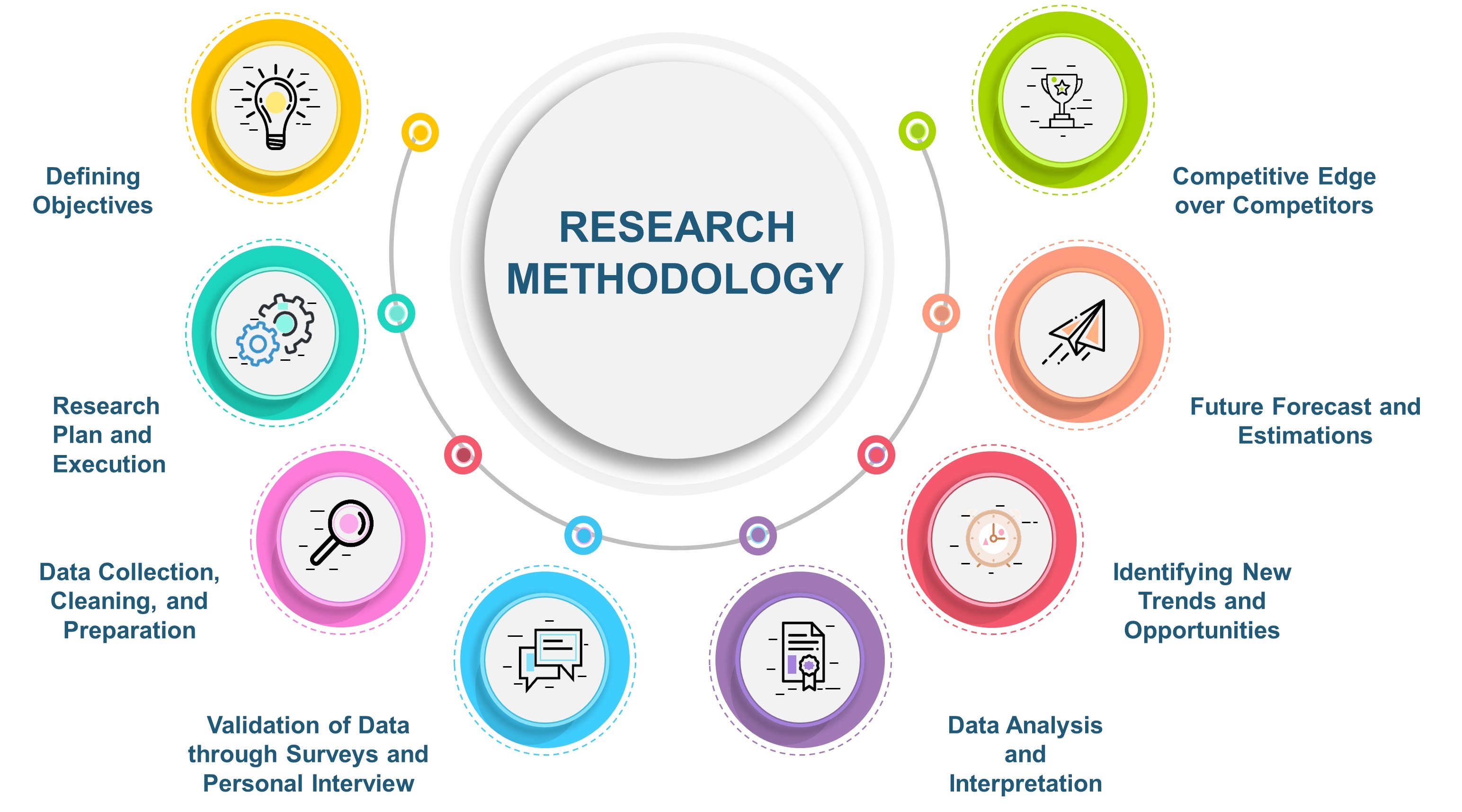
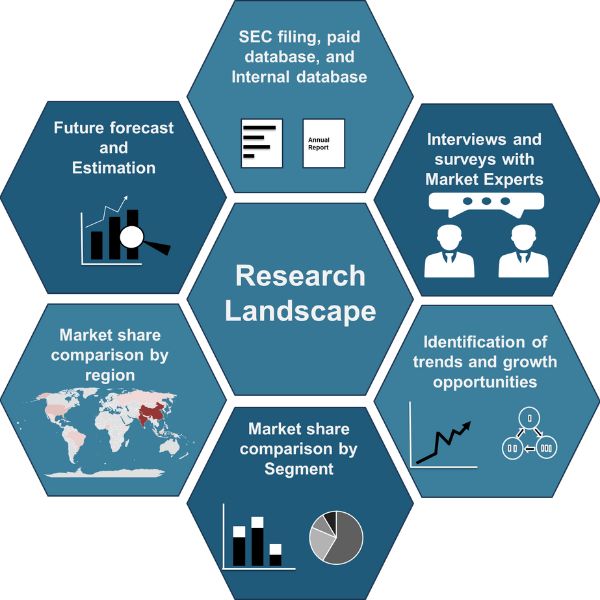
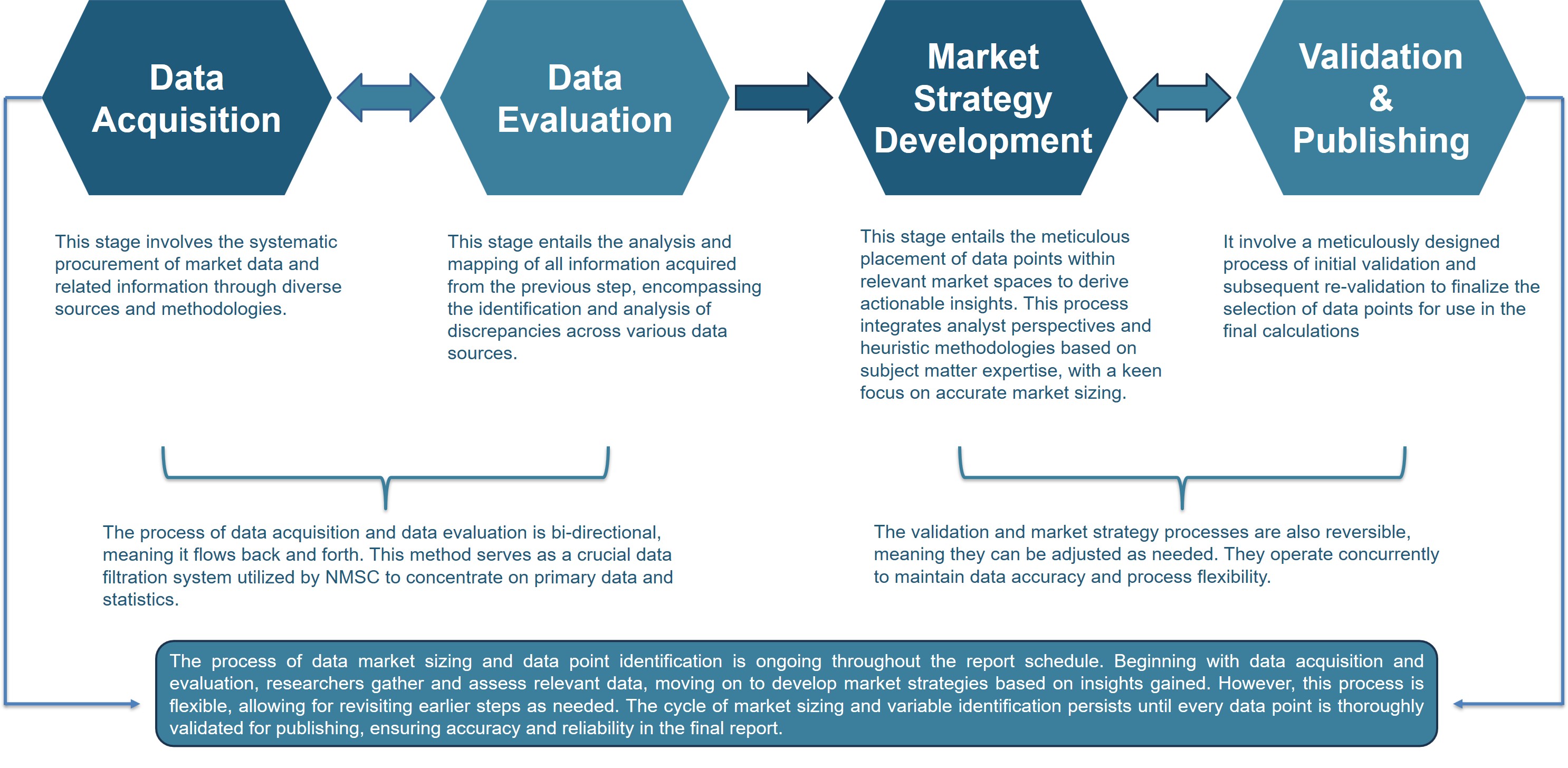
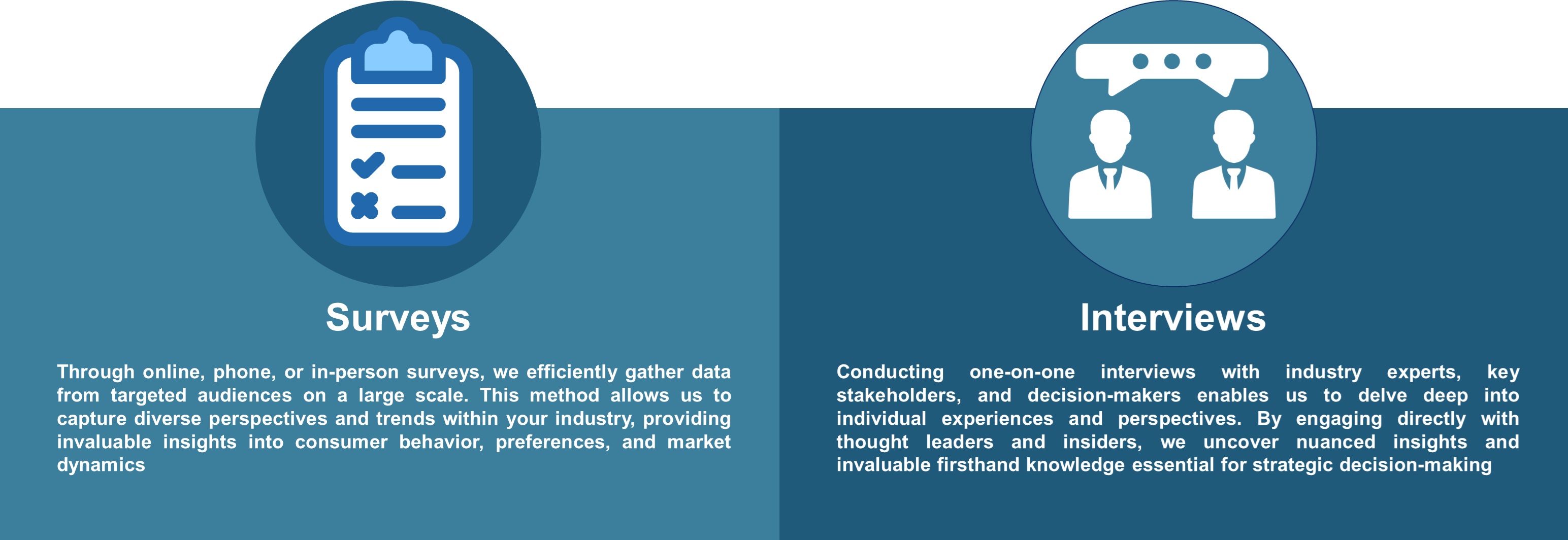


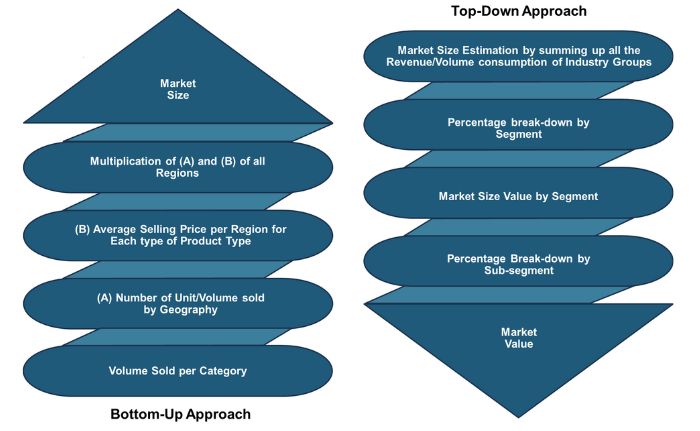
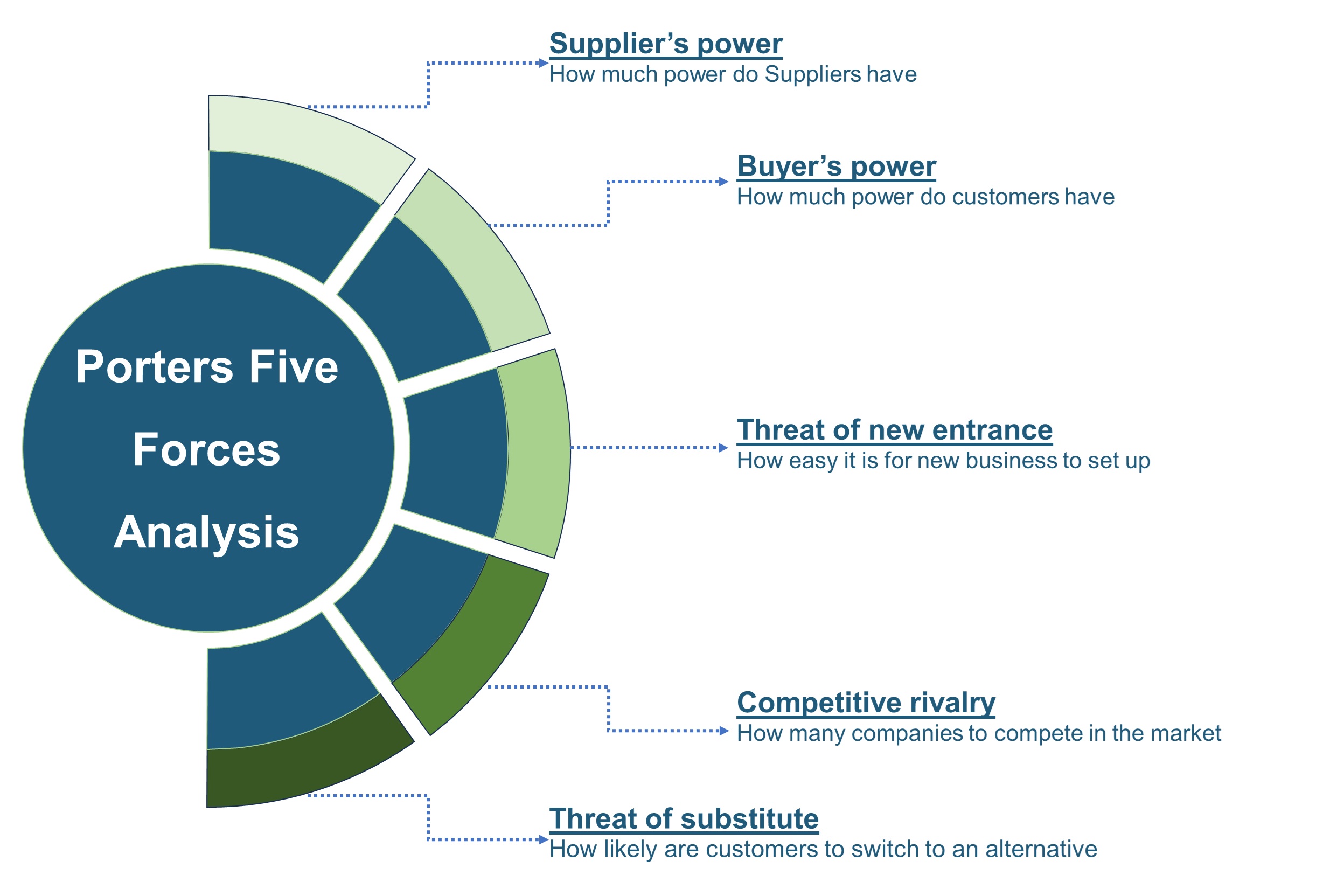
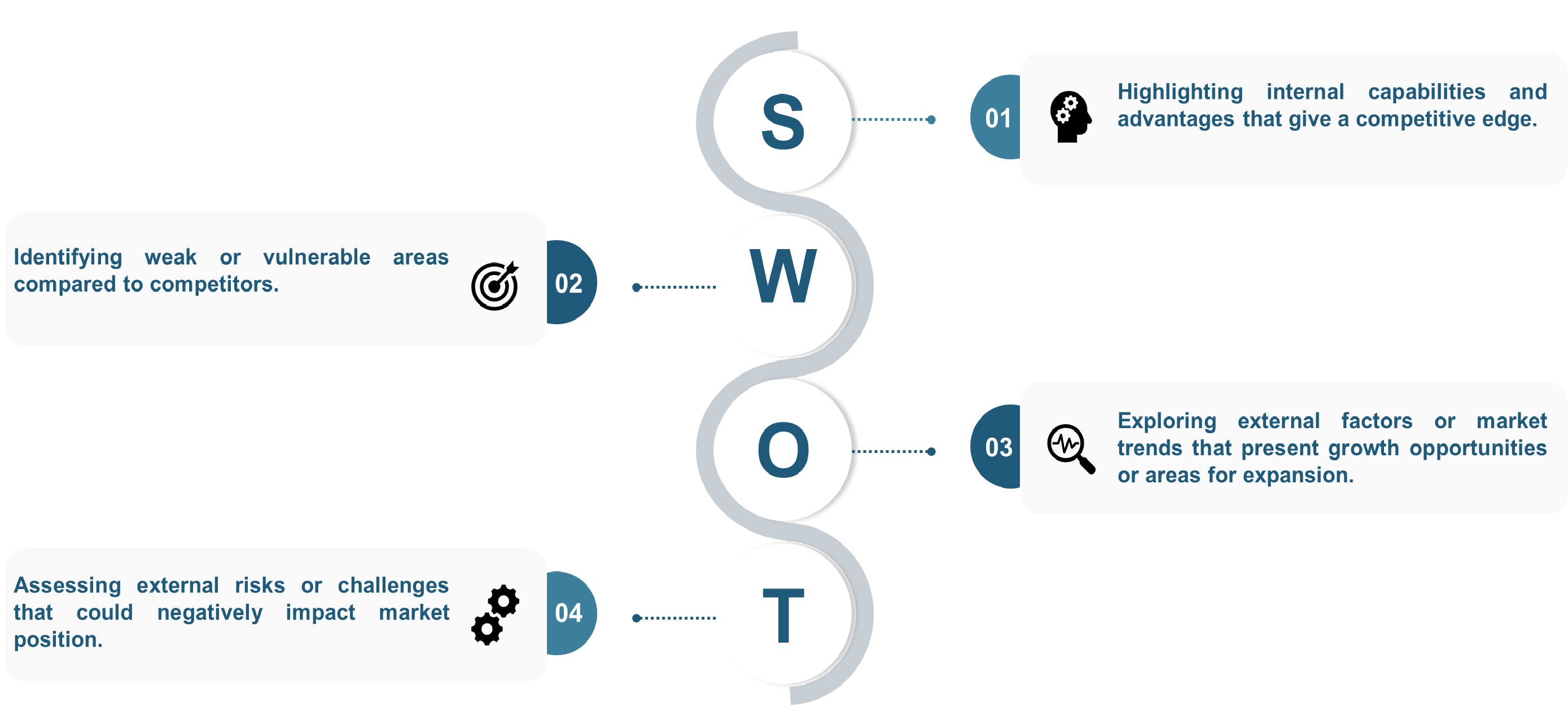
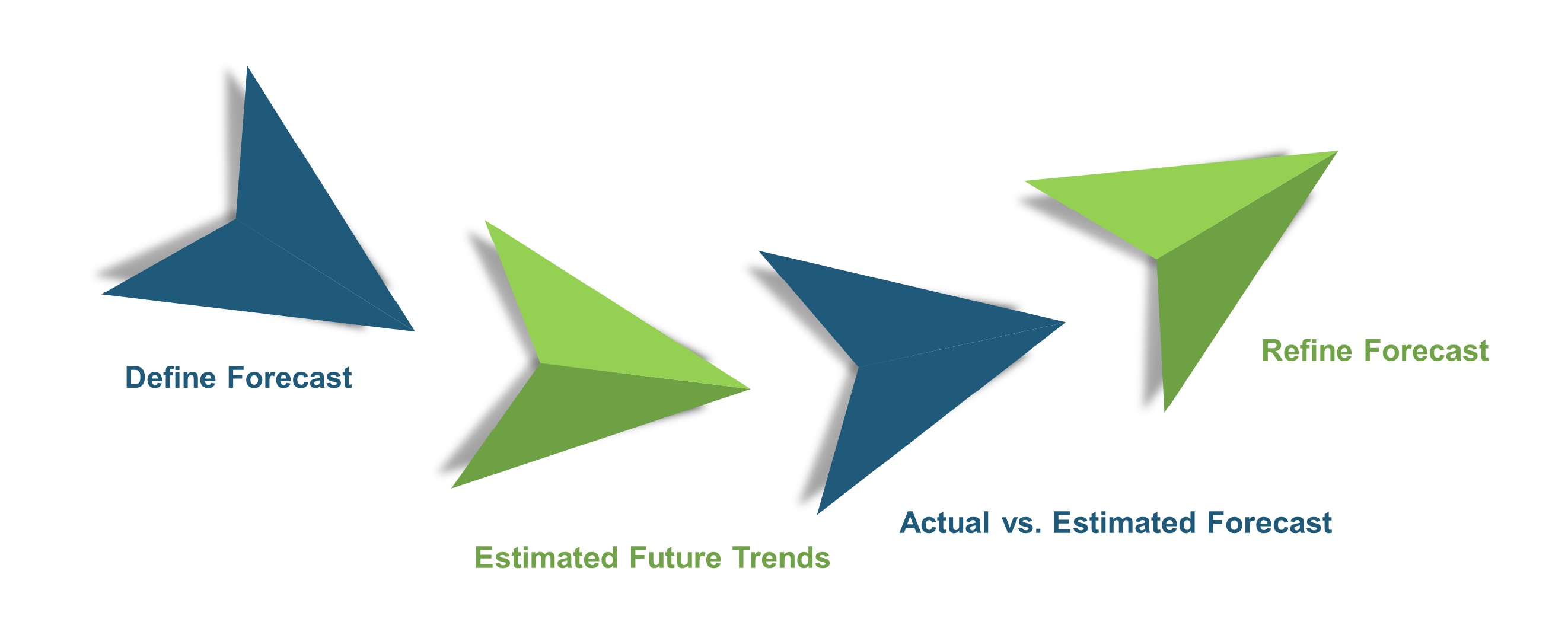
 Speak to Our Analyst
Speak to Our Analyst



